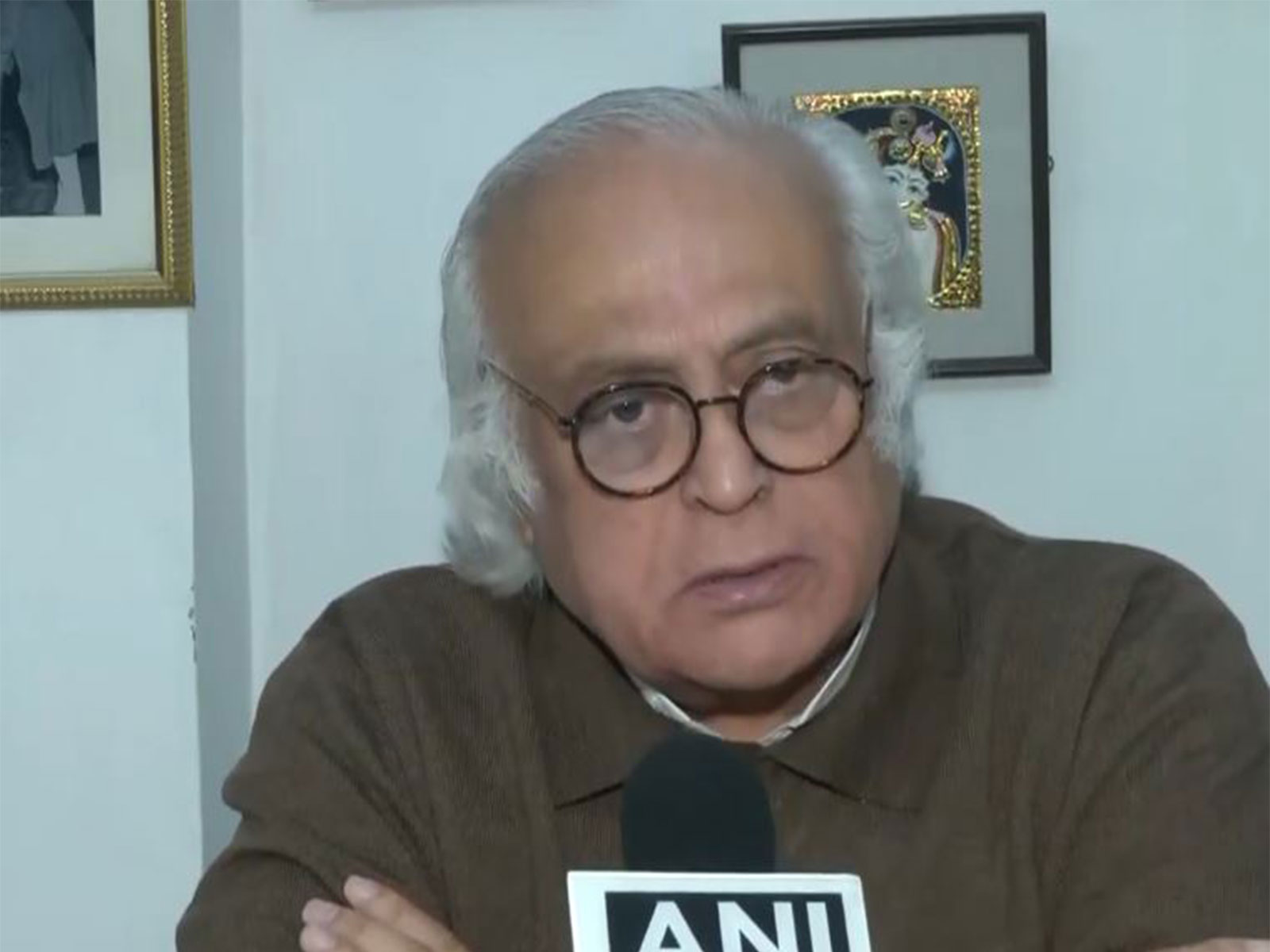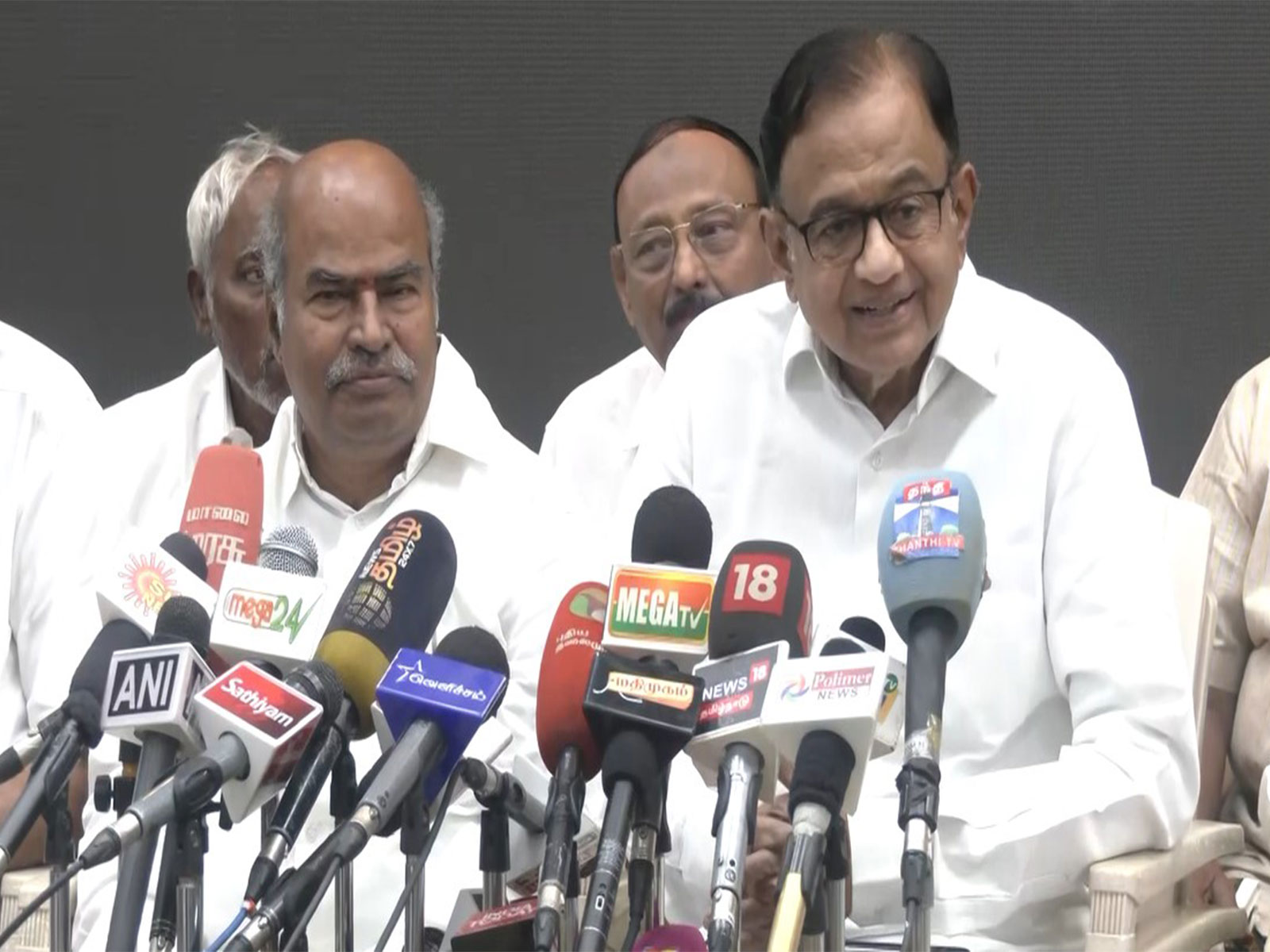New Delhi [India], December 18 (ANI): IMD scientist Dr Soma Sen Roy on Wednesday stated that foggy conditions in the national capital, Delhi, are likely to persist tomorrow and the day after due to the influence of western disturbances.
Highlighting the prevailing weather conditions, Dr Roy added that a drop in minimum temperatures is expected as a result of these western disturbances.
She explained that variable and calm wind conditions, combined with increased moisture due to the western disturbance, are conducive to the formation of fog.
Dr Roy further noted that this western disturbance has brought significant moisture, particularly from the Bay of Bengal, creating favourable conditions for fog formation.
Speaking to ANI, Dr Soma Sen Roy said, “In the last two days, there has been a western disturbance. Today, a fresh disturbance has emerged. While these disturbances haven’t caused significant rainfall, they have induced a low-level cyclonic circulation that has drawn in considerable moisture, especially from the Bay of Bengal. This increase in moisture has led to a rise in minimum temperatures and the emergence of foggy conditions. As we had predicted, moderate to dense fog is likely to persist today and tomorrow.”
She added, “Western disturbances disrupt wind patterns, making them variable and calm, while increasing moisture levels–both of which are ideal for fog formation. As this disturbance moves eastward, we expect northerly winds to resume, driven by light snowfall over the western Himalayan region. Consequently, northwesterly winds will start affecting the region. For Delhi, tomorrow, we have forecast light to moderate to dense fog, which is likely to continue for another one or two days.”
Dr Roy also noted that the western disturbance is expected to cause a drop in minimum temperatures across north India. Temperatures are predicted to fall by two degrees Celsius over the plains after 48 hours and over the hills within 24 hours.
She said, “As these western disturbances move away, the northwesterly winds will bring a fall in minimum temperatures by two degrees Celsius, primarily over the plains after 48 hours and the hills after 24 hours. This temperature drop is expected to increase the intensity and distribution of cold wave conditions across north India, particularly in East Rajasthan, and these conditions are likely to persist.”
Earlier today, Delhi woke up to a blanket of fog, which reduced visibility in parts of the city. The minimum temperature dropped to 5 degrees Celsius on Wednesday. On Tuesday, Delhi recorded a temperature of 7.4 degrees Celsius at 2:30 am, according to the IMD. (ANI)
Disclaimer: This story is auto-generated from a syndicated feed of ANI; only the image & headline may have been reworked by News Services Division of World News Network Inc Ltd and Palghar News and Pune News and World News
HINDI, MARATHI, GUJARATI, TAMIL, TELUGU, BENGALI, KANNADA, ORIYA, PUNJABI, URDU, MALAYALAM
For more details and packages
















